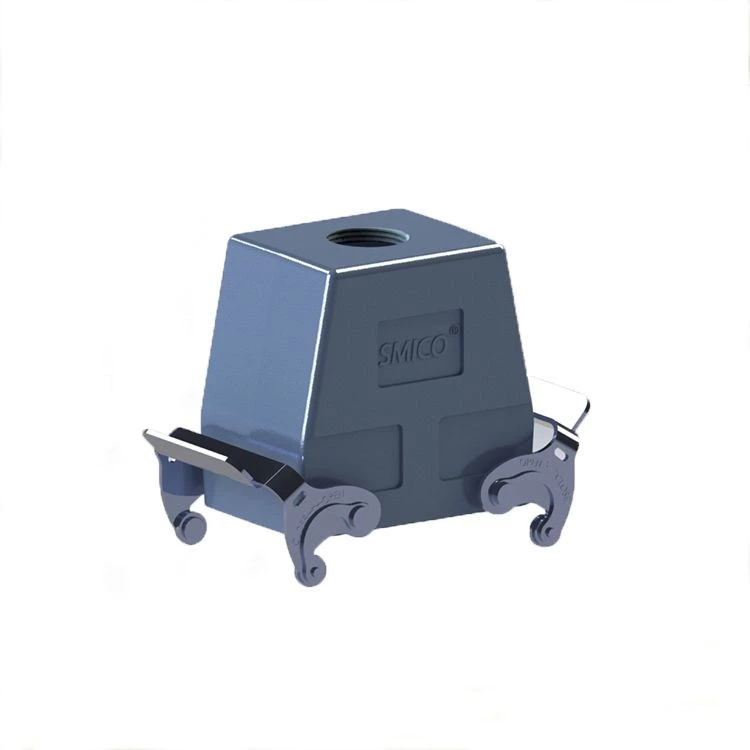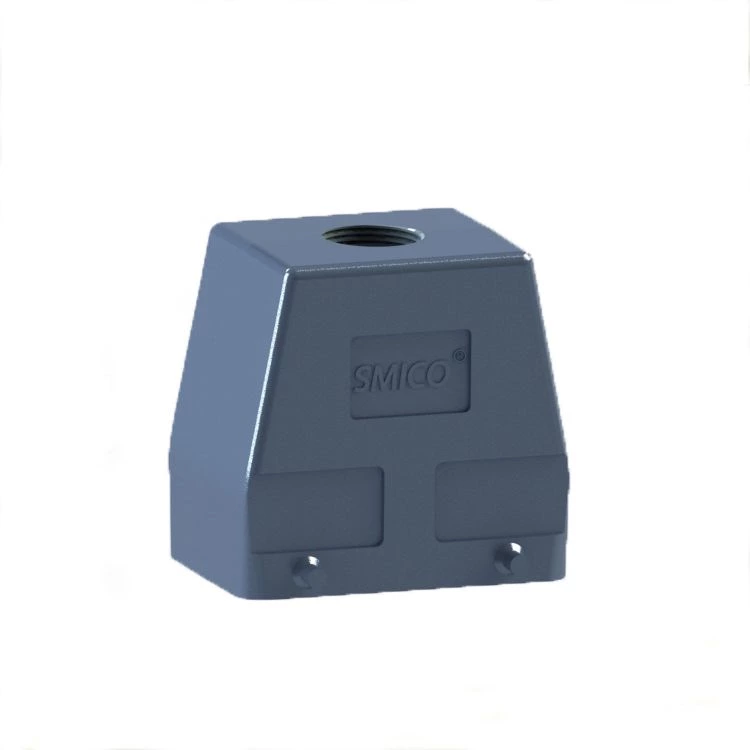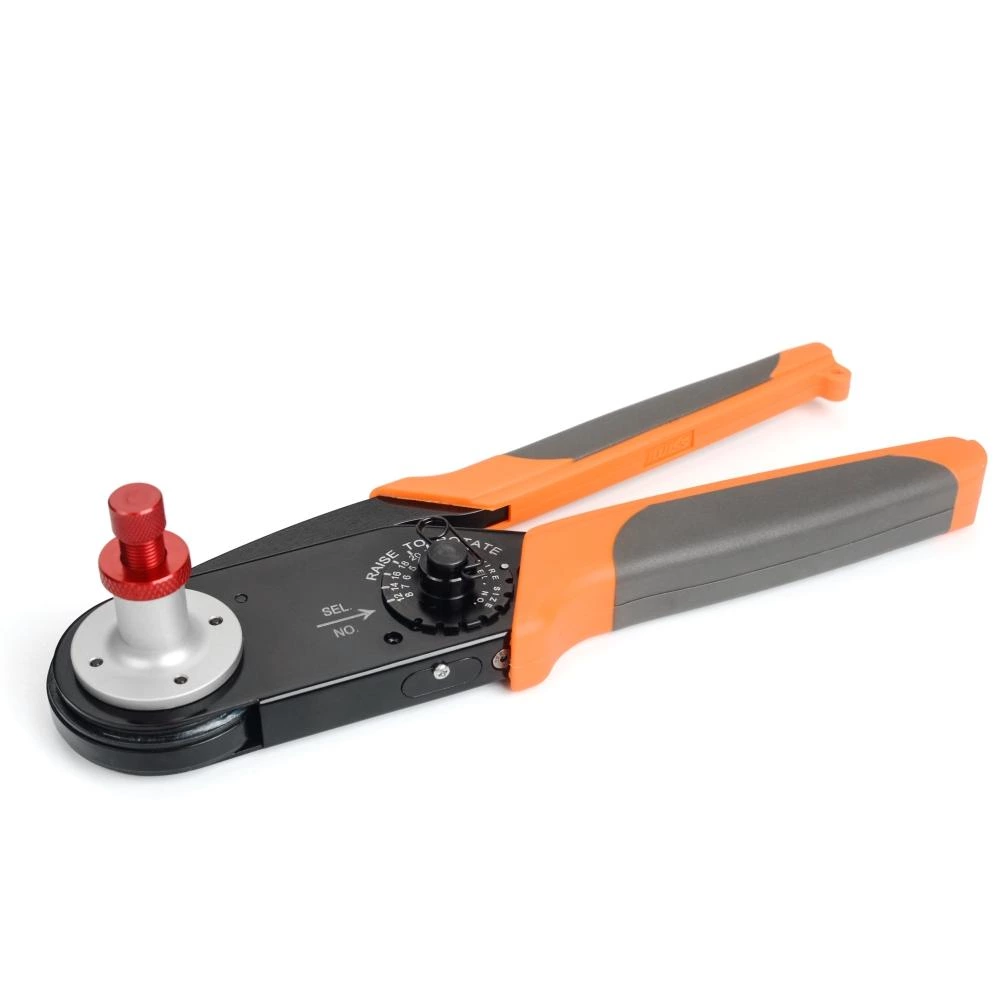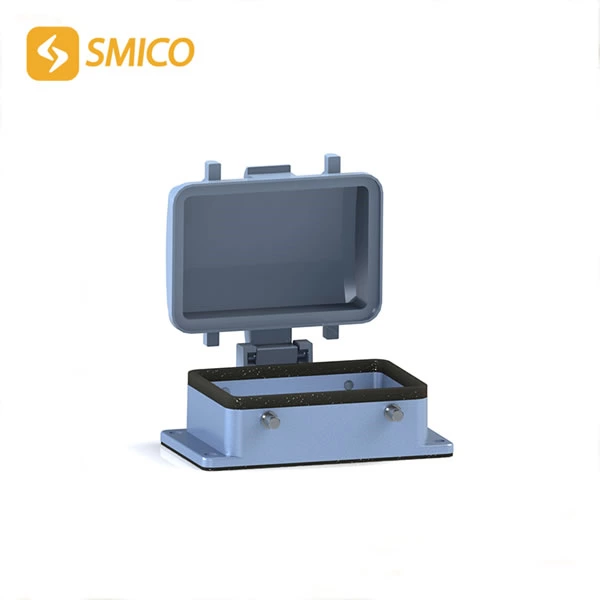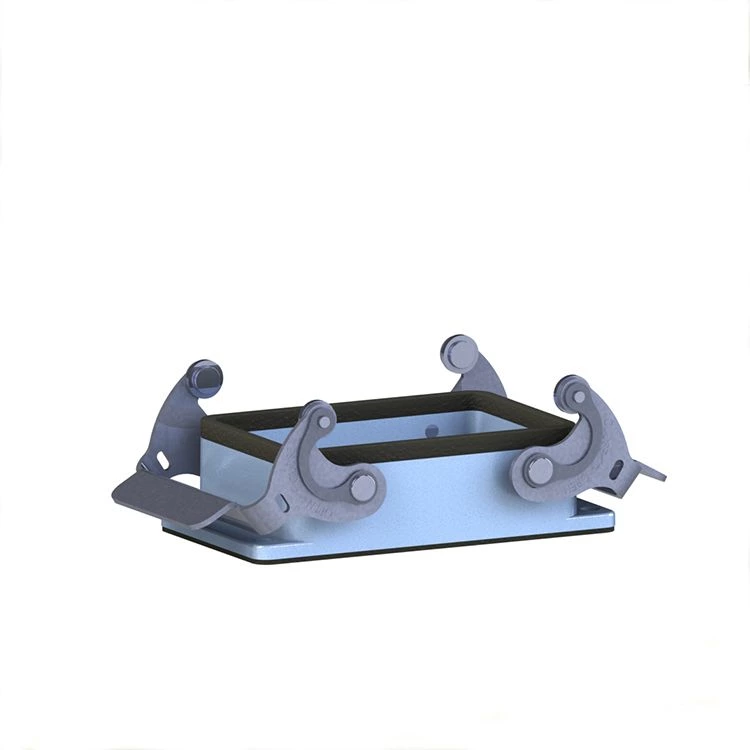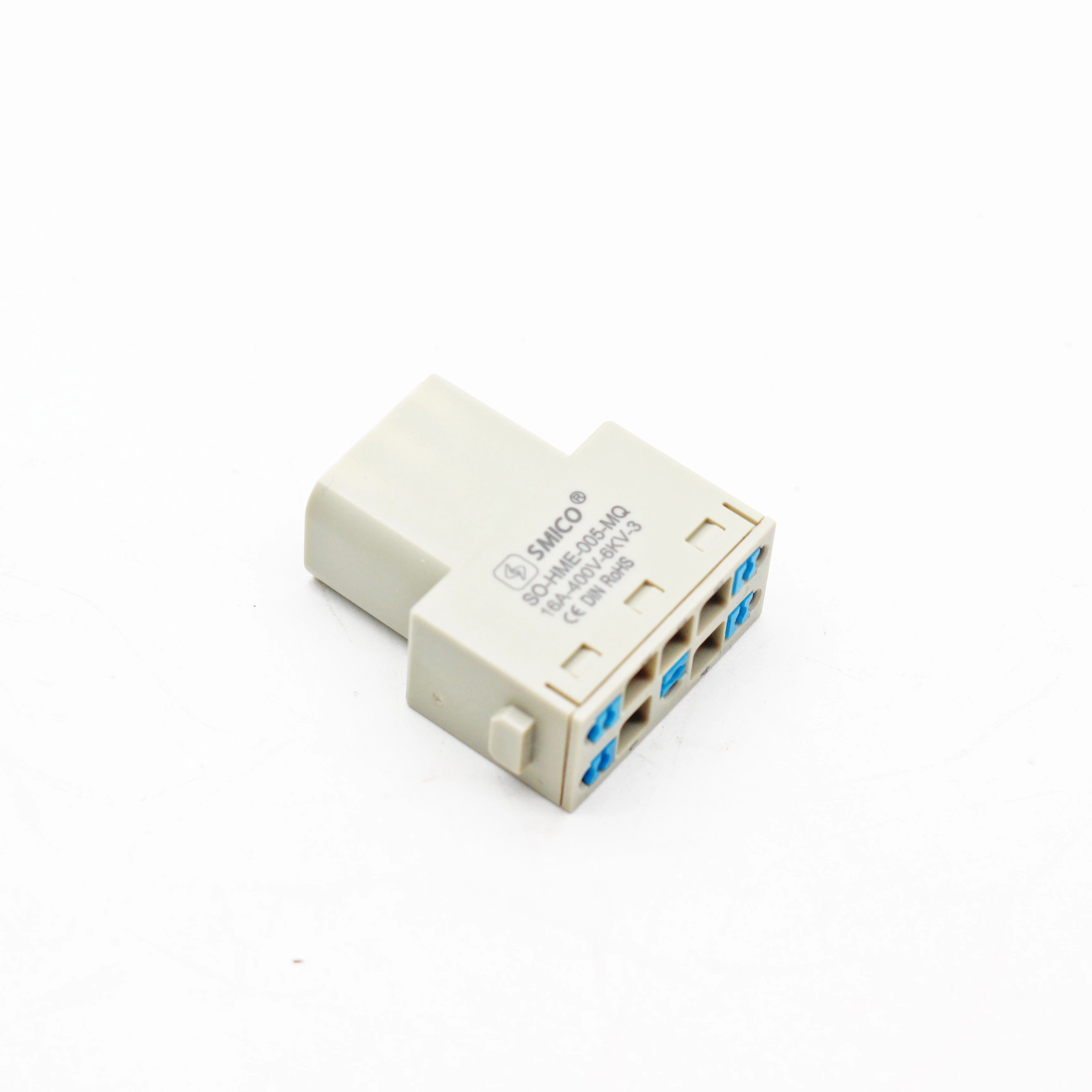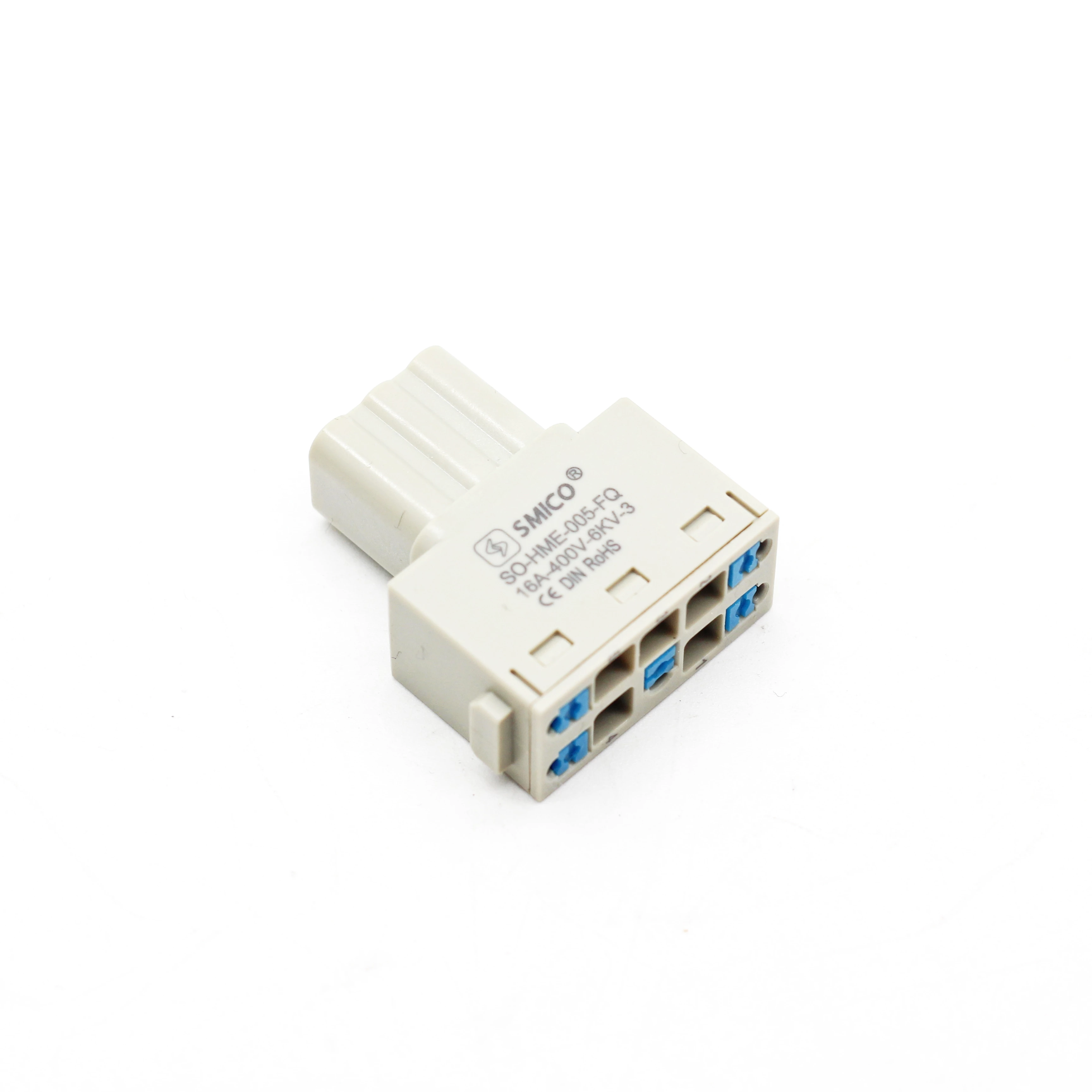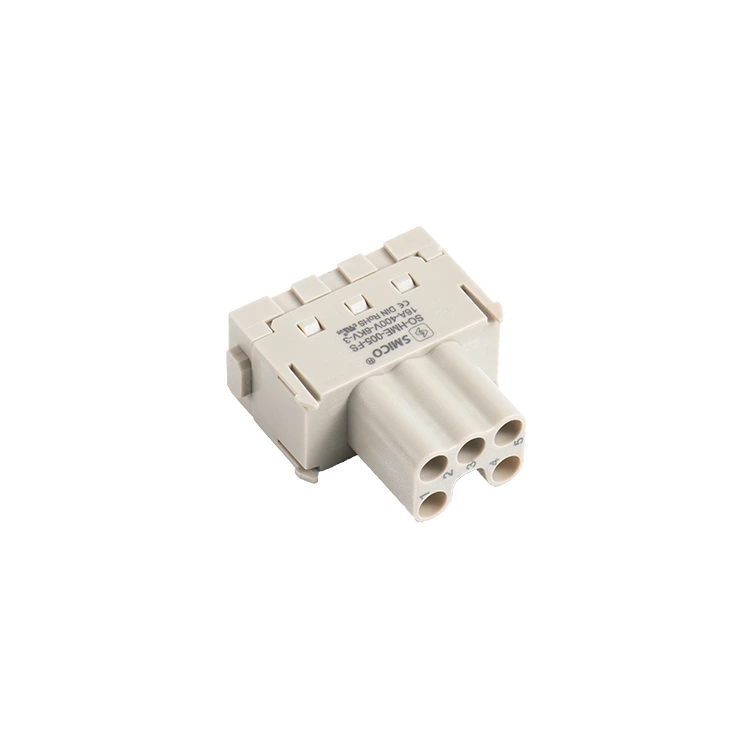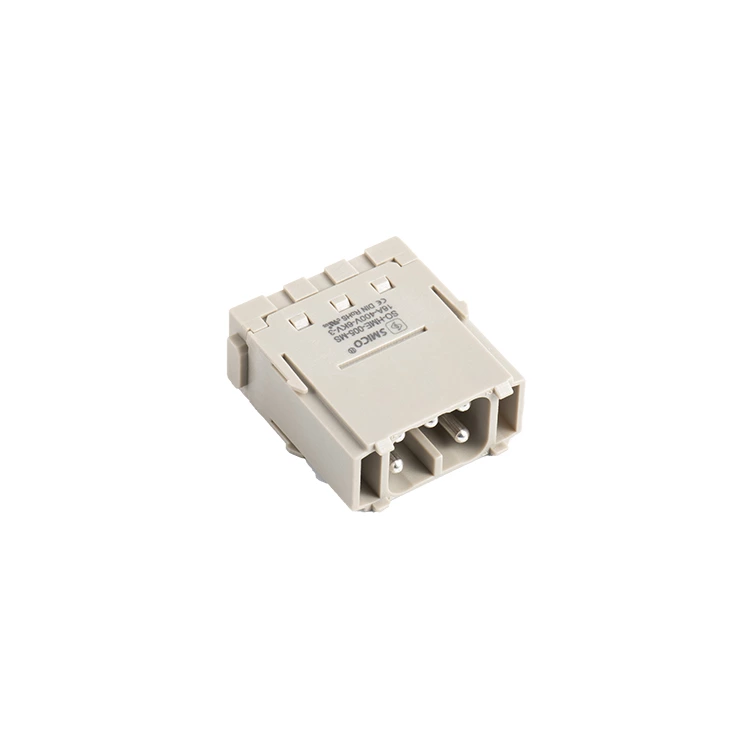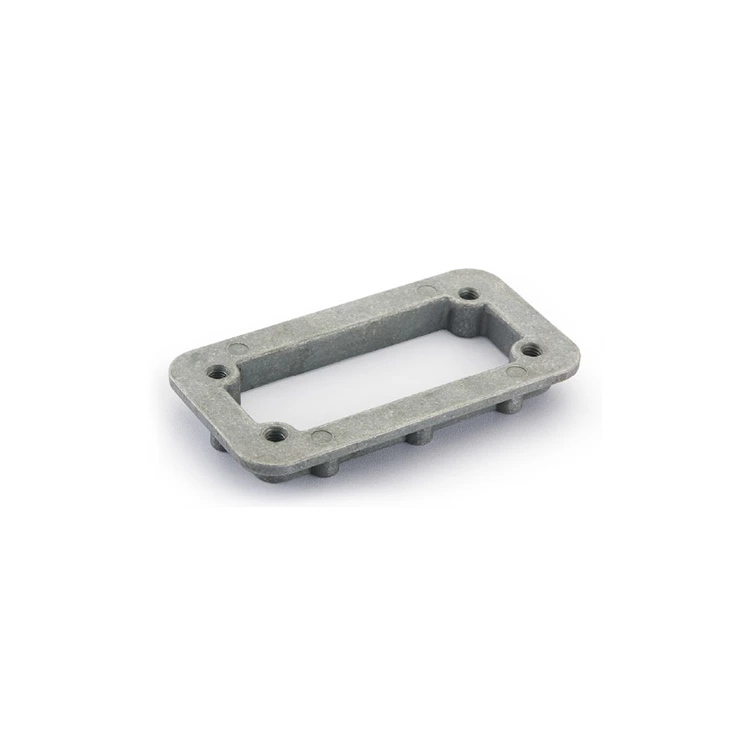Three Major Development Trends Of Industrial Connectors
Compared with other types of heavy duty connector 16 pin, the industrial control field has higher requirements for the comprehensive performance of heavy duty connector 5 pin in terms of mechanical, electrical and environmental aspects.
With the transformation of traditional manufacturing to high-end manufacturing, the wave of "re-industrialization" with intelligent manufacturing as the direction is in the ascendant, and the interconnection and remote interaction of industrial control equipment are increasingly becoming the key to improving the level of automation. Industrial systems contain a large number of electrical components and equipment, from PCBs and sensors, to drives and motors, to industrial computers and electrical cabinets, etc. , all of which need to be connected together and work together, forming a huge demand for heavy duty connector 6 pin.
According to Bishop & Associate data, the market size of heavy duty electrical contacts is about US$7.722 billion, with an average annual compound growth rate of about 4.03% from 2010 to 2020. As major industrial developed countries such as the United States and Germany accelerate the development of industrial automation and intelligentization, some developing countries are actively participating in the global industrial division of labor, taking over industrial and capital transfers, and using their latecomer advantages to quickly achieve scale expansion. This is directly conducive to the growth of market demand for heavy duty industrial connector.
Compared with other types of heavy duty male female connector, heavy duty multi pin connectors can be widely used in industrial production, especially for connection requirements in harsh and complex environments, and has higher comprehensive performance requirements in mechanical, electrical, and environmental aspects.
(1) Environmental adaptability
Based on the complexity of the working environment of connectors in the field of industrial control (for example, dirt, dust, temperature, humidity, and mechanical vibration shock may interfere with typical connections).
Therefore, the environmental adaptability of the connector shell, structure, key contact materials, coating materials, and thickness should be considered during design. (For example, the sealing level is required to meet IP67 and IP68 standards, and the product life and corrosion resistance meet the international EIA industrial application standards.)
This should give connector manufacturers strong customization capabilities in design. At the same time, as downstream application scenarios continue to enrich, the reliability requirements for connectors will also be further improved.
(2) Narrow pitch and integration
As the precision of electronic equipment becomes higher and higher, the control functions and complexity of various electronic systems become higher and higher. The corresponding connector products need to achieve narrower pitches and higher integration while taking into account stability.
For example, the universal board-to-board connectors of industrial control equipment have gradually changed from the previous 2.54mm, 2.0mm, and 1.27mm spacing to 0.8mm, 0.635mm, and 0.3mm spacing. At the same time, the wire-to-board I/O connectors also show a clear trend of narrow spacing. Compared with standard I/O connectors, micro I/O connectors have smaller size and higher stability.
At the same time, when parallel signal transmission technologies such as multiplexing are widely used, more and more signals, including electrical signals, microwave signals, and optical signals, need to be integrated into the same connector to achieve independent transmission of each signal without interfering with each other. This determines that connector integration has become an inevitable trend. For example, the number of pins corresponding to a single connector continues to increase, the signal transmission channels become richer, and the functions that can be realized are more diverse. This also requires connector manufacturers to have strong precision processing capabilities, and be able to perform refined operations in process links such as molds and welding to achieve narrower spacing, thereby achieving higher integration.
(3) High speed and high frequency
At present, the mainstream transmission rate of industrial control connectors is above 3Gbps, and is gradually developing to above 40Gbps. The greater bandwidth required for data transmission also increases the upper limit of signal frequency. However, connectors are prone to electromagnetic interference when transmitting signals with higher speeds and frequencies. Therefore, connector manufacturers are required to use electromagnetic simulation software to evaluate product designs and achieve higher precision standards in processing and manufacturing.
